#textile interaction
Explore tagged Tumblr posts
Photo

"Pressed Intimacy" (Contemporary) by Petra Collins ꩜ A hand's pressure transforms sheer fabric into a second skin.
461 notes
·
View notes
Text
AAAAAAAAND here's my peices from @musashi 's franziska video!! I had so much fun working on it and everyone should go watch the whole thing immediately
(Here's the full version with all the art cause tumblr won't let me post it in one go)



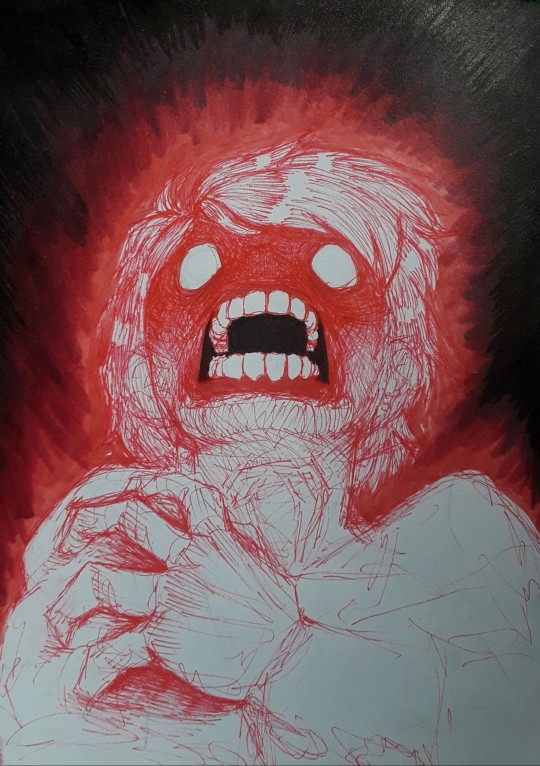
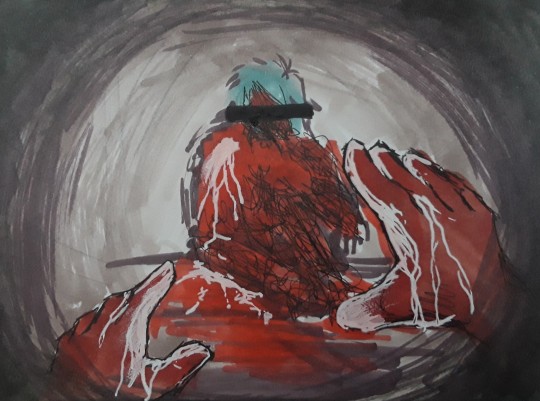
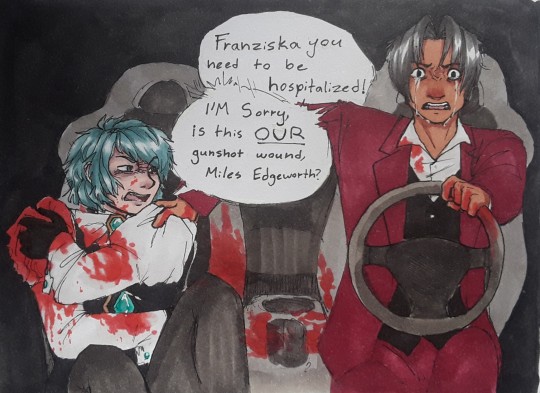
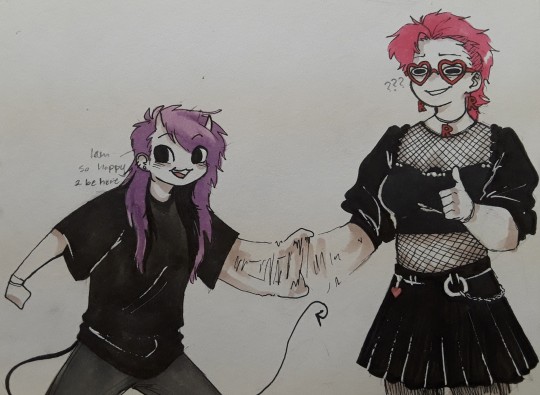
623 notes
·
View notes
Text

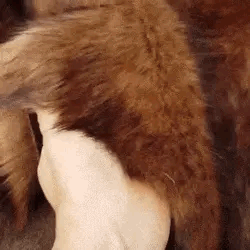
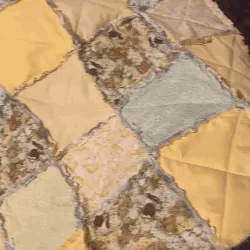


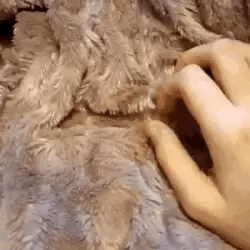



stimboard — tim from brainpop (request!)
sources: x x x . x x x . x x x
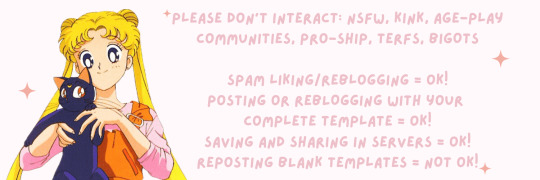
#sfw interaction only#sfw#stim#yelllow#white#brown#stimboard#stim gif#visual stim#cat#flowers#fabric#cookies#blanket#textile#brainpop#tim brainpop#yourtinybook#yourtinybookboard
18 notes
·
View notes
Text

he’s coming…
#background provided by my cat <3#fish#embroidery#art#textiles#fiber art#just got bad news about having to interact with a shitty ex roommate#kinda freaking out about it :(#people in my phone plz tell me i’m cool and capable
15 notes
·
View notes
Text

Tuesday, October 1, 2024
I received fabric swatches this morning so I was able to work on the touch interactive for the Victorian Mourning Traditions exhibit today.
7 notes
·
View notes
Text
Question For Textile Artists!
I'm trying to figure out what copper rust looks like on different types/colors of fabric, and I'd love some help! So far I've only found Iron rust as a dye online, and I've had no luck finding out if copper rust can even dye fabric (I assume it can).
If you've done rust dyeing with copper before, please let me know how that worked for you!
I'd especially like to know how it looks on linen, cotton, and denim, and how it interacts with darker colors, but any information or visual aid is helpful!
Thanks!
#textiles#textile art#rust dye#rust dyeing#rust#textile artist#question#this is for my oc btw! im trying to find out how a character who has rusty skin would interact with their clothes!#if you search ferris on my blog you should find the image of him!#again thank you in advance for anyone who can help out with this!
4 notes
·
View notes
Text
Here's a video in 2x speed of Winter absolutly refusing their food to stay in their bowls after refill night (the others don't care if it stays in the bowls or not)
Also, they are all there.
(No audio, changing light intensities and fast camera movement)
#pet rats#pets#ratblr#dwarf rats#rats#cute animals#fancy rats#cute rats#exotic pets#berkshire rat#siamese rat#husky rat#rodent#rat zoomies#zoomies#yes I also got them new textile stuff#and no matter how much I interact with them#they just don't like hands#(too be fair my hands are bigger then them)#(maybe except Autumn)#(so that's fair as I would be scared too)
5 notes
·
View notes
Text

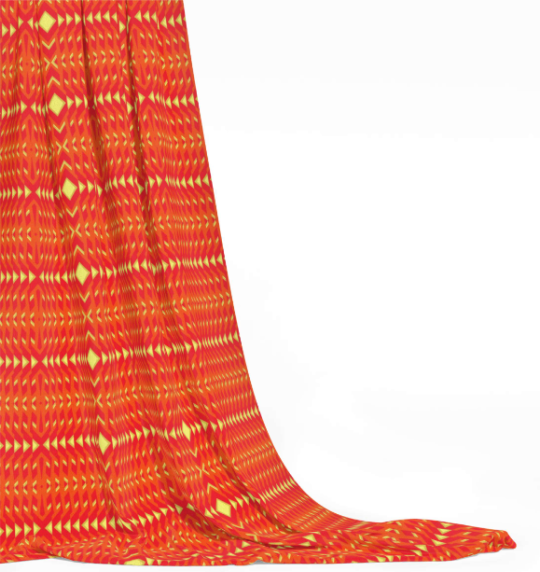




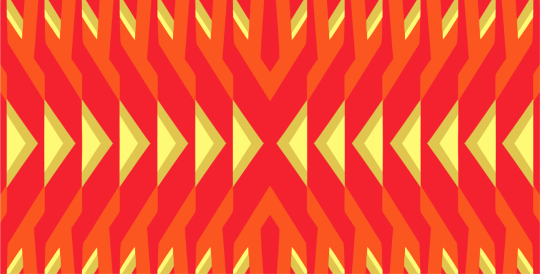
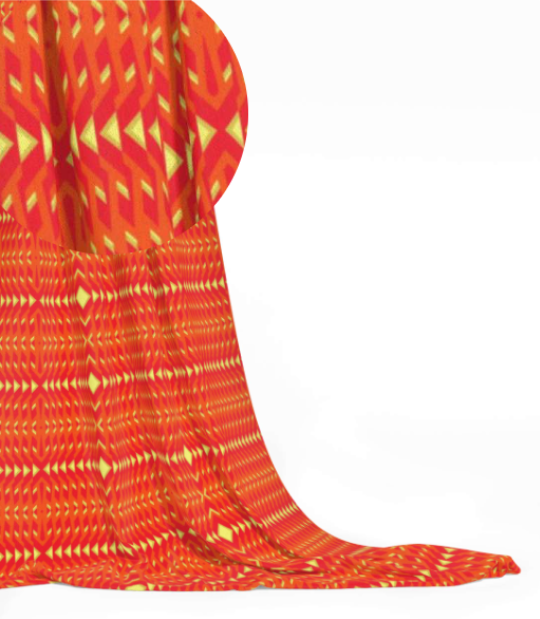

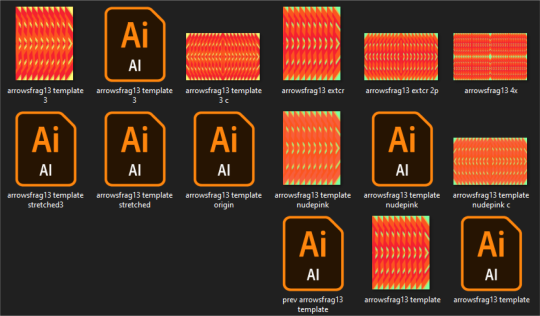
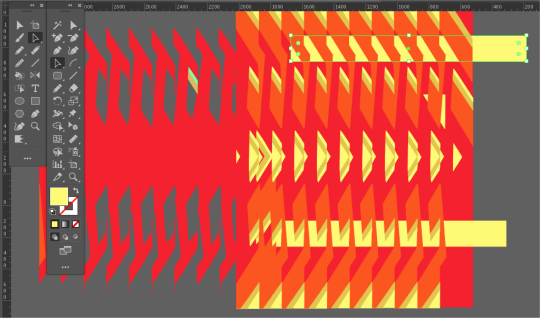

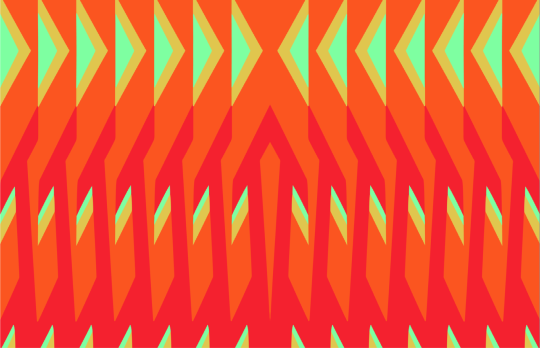

get textile at:
DOPEMAIN.co.uk DOPEMAIN.com DOPEMAIN.au.com
new product, retail price on other textiles! Good for dropshippers & physical store resellers
get graphics at:
DOPEMAINEQUATION store
image files DOPEMAINEQUATION
Interctive vector templates DOPEMAINEQUATION
#eysneya balance#dopemainequation#dopemain#design#graphic design#eysneyabalance#art#fashion#artists on tumblr#textile design#textile print#textile#textil pattern#patterned textile#patterns#vecrotrs#vector#vector ai#industrial art#interactive vector#fashion design#dropship#dropship supplier#dropshipping#retail prices#retail#graphics#bohofashion#boho#bohostyle
3 notes
·
View notes
Text



So I made a Daredevil inspired rosary. It's garnet with a gold filled cross and components knotted with gold silk cord.
#Im a jewelry maker and textile artist#and i think about writing fic all the time with Matt × artist reader who makes tactile art and jewelry he can touch and interact with.#imagine hand making a personal rosary for Matt ;_;#daredevil#my art#fox talks
1 note
·
View note
Text
wrapme up pls 2
1 note
·
View note
Text
A stitch in time
Artwork | David Medalla | Berlin | 1960s/2013
Medalla, D. (2013) A stitch in time [Participatory Art]. Available at: https://www.anothervacantspace.com/David-Medalla-A-Stitch-in-Time (Accessed: 8 October 2024).
Filipino artist David Medalla created his cosmic propulsion entitled 'A Stich in Time' in London, in 1968, during the 'Summer of Love'. He gave two of his ex-lovers a handkerchief each, a packet of needles and several spools of cotton thread when he met them at Heathrow airport. He told them they could stich anything they like - poems, names, messages, drawings, etc. - on the handkerchiefs. Many years later, at another airport, Schiphol in Amsterdam, David met a handsome young backpacker who carried on his back a totem-like pole of pieces of multi-coloured clothes stitched together, into which were attached various objects like old chinese coins, keys, empty cigarette packets, and dried flower leaves, barks and roots of tropical trees. When David asked the backpacker where he got the cloth totem-pole the latter replied someone gave it to him in Bali. The backpacker handed the cloth totem-pole to David to examine. When David lifted the cloth totem-pole he saw to his amazement that the bottom piece of cloth was one of the original handkerchiefs he gave to one of his lovers. David handed back the cloth totem-pole to the backpacker without telling him the fact that the handkerchief which David gave one of his lovers was the start of the cosmic propulsion and participatory artwork entitled 'A Stich in Time'. D.M Berlin April 2013
During the late 1960's and early 1970's Medalla made a series of 'participation works' where the audience was encouraged to be involved in the production of playful and experiential pieces which challenged the notions of creative heirarchy. 'A Stitch in Time' is about travel, time and chance, but it's also about production. Medalla described the piece as "participation-production-propulsion". It involves the audience sewing small objects of significance onto a large cloth in a public space, which requires a creative concentration and an engagement with the artwork. The pieces now exist as large, beautifully textured cloths but they are also a testament to all those who contributed to them, as well as the collaborative process through which they were created.
Temporal pedagogy
The artwork is created through participatory events and the objects are "propelled" forward as moments in time that have continuity.
An example of temporal suspension where the participant is brought back to the present moment, the indivudual creation and concentration of sewing and the object they have chosen that has significance to them. A slowing down, a practice of meditation in smallness whilst co-producing a large collaborative work.
"At the heart of all this was a belief that artworks had a duty to evolve slowly, in as many mediums and places as possible." (https://www.theguardian.com/artanddesign/2021/jan/08/david-medalla-obituary)
In this sense, it also works to connect to others, other objects, at other times... past, present, future; relational co-presence of multiple times. As well as the interconnectedness of things, people, places.
"In this paranoid year of border restrictions and global distrust, Medalla’s utopian vision is a welcome homage to serendipity and interconnectedness." (https://www.wallpaper.com/art/a-stitch-in-time-david-medalla-embroiders-a-history-of-chance-encounters)
Justice
Not explicit, but an implicit sense of justice in terms of rights of production. Bringing production back into the hands of the many and in a collaborative non-hierarchical sense.
Further reading:
Artist:
Filipino artist David Medalla.
#artwork#temporal-suspension#relational-time#care#history#interactive-art#socially-engaged-practice#participatory-art#collaborative-learning#performance-art#installation-art#memory#textile
0 notes
Text
All those “people don’t expect me to do this cute thing because I’m punk” posts are so funny to me because punks haven’t been scary for a hot minute now a little kid who has to take the train alone is like 9000% more likely to be carrying some kind of weapon than you and anyone whose ever spoken to a living person knows this
#especially if it’s about some kind of textile craft like how tf do you think we think those patches got there#like I get WHY people say shit like that but it’s sooo fucking funny to me#watching hipsters interact with the world is crazy as fuck when you have had normal life experiences
1 note
·
View note
Text
Smart Fabric Symphony: Market Insights into Interactive Textiles
Between 2023 and 2033, the global market for smart and interactive textiles is expected to develop at a phenomenal compound annual growth rate (CAGR) of 26.1%. The market is anticipated to reach US$ 3.30 billion in 2023, and by US$ 23.7 billion in 2033, it is anticipated to occupy a significant market share.
The textile industry’s adoption of cutting-edge technology, such artificial intelligence (AI) and the Internet of Things (IoT), is responsible for this increase in market value.
Increasing demand for smart fabrics as leisurewear is expected to be one of the major trends in the market. This is also attributed to the growing disposable income of the consumer which is encouraging them to spend on leisure products. Also changing lifestyles of the consumers coupled with the growth in the urban population around the globe due to the gradual shift from rural to urban areas is further expected to propel the market growth.
To Get Sample Copy of Report visit: https://www.futuremarketinsights.com/reports/sample/rep-gb-15401
The advent of new technologies such as Internet of Things (IoT), and Artificial Intelligence (AI) has transformed the textile industry. New smart apparel is being manufactured integrated with AI, Bluetooth Low Energy (BLE), edge computing, and cloud data, which can monitor and communicate the wearer’s information, including blood pressure, heart rate, perspiration, and temperature. AI can access and collect historical and real-time operational data and provide insights, which can enhance the wearer’s efficiency. Defect detection, pattern inspection, and color matching are some of the common applications of AI in textile manufacturing.
Key Takeaways from the Market Study
Global Smart and Interactive Textiles Market was valued at US$ 2.6 Bn by 2022-end
From 2017 to 2021, Smart and Interactive Textiles demand expanded at a CAGR of 12.0%
By Product, the Wearable Electronics category constitutes the bulk of Smart and Interactive Textiles Market with a market share of 12.0%.
By Application, the Transportation segment dominates the Smart and Interactive Textiles Market with a market share of 10.0%.
From 2022 to 2032, Smart and Interactive Textiles sales are expected to flourish at a CAGR of 25.88%.
By 2032, the market value of Smart and Interactive Textiles is expected to reach US$ 26.4 Bn.
“Increasing demand for smart fabrics as leisurewear is expected to be one of the major trends in the market. This is also attributed to the growing disposable income of the consumer which is encouraging them to spend on leisure products during the forecast period,” remarks an FMI analyst.
Ask Our Analyst More about Report: https://www.futuremarketinsights.com/ask-question/rep-gb-15401
Competitive Landscape
Players in the global Smart and Interactive Textiles Market focus on expanding their global reach through various strategies, such as; partnerships, collaborations, and partnerships. The players are also making a significant investment in R&D to add innovations to their products which would help them in strengthening their position in the global market. Some of the recent developments among the key players are:
In July 2021, DuPont acquired Laird Performance Materials, a leading company engaged in offering high-performance electromagnetic shielding and thermal management solutions.
In February 2021, DuPont had acquired Tex Tech’s Core Matrix Technology, a monolithic fabric structure that can significantly reduce backface trauma, while increasing ballistic and fragmentation performance for military and law enforcement personnel. This acquisition will add to the company’s already robust portfolio of life protection solutions, enabling the most flexible, lightweight ballistic solutions to meet new standards of National Institute of Justice (NIJ) for enhanced durability. In addition to enhanced protection, the new technology also increases the comfort of wearing bullet-resistant body armor.
Know More about What the Smart and Interactive Textiles Market Repost Covers
Future Market Insights offers an unbiased analysis of the global Smart and Interactive Textiles Market, providing historical data for 2017-2021 and forecast statistics from 2022-2032.
Key Segments:
Smart and Interactive Textiles Market by Product:
Wearable Electronics Smart and Interactive Textiles
Chromic materials Smart and Interactive Textiles
Photochromic
Thermochromic
Smart and Interactive Textiles Market by Application:
Smart and Interactive Textiles Market for Industrial Applications
Smart and Interactive Textiles Market for Military and Defense
Smart and Interactive Textiles Market for Medical and Healthcare
Smart and Interactive Textiles Market for Retail and Consumer Applications
Smart and Interactive Textiles Market for Transportation
Others
Smart and Interactive Textiles Market by Region:
North America Smart and Interactive Textiles Market
Latin America Smart and Interactive Textiles Market
Europe Smart and Interactive Textiles Market
Asia Pacific Smart and Interactive Textiles Market
Middle East & Africa Smart and Interactive Textiles Market
0 notes
Text
🫧4th house & Home🫧
Aries in the 4th House – The Independent Home 🔥🏠
Having Aries in the 4th house means that home life may have been energetic, competitive, or even chaotic growing up. You might have had strong-willed parents or felt the need to be independent early on.
* You may have experienced a lot of movement or instability in childhood, feeling like you had to fight for your place in the family.
* Your home environment needs freedom, excitement, and personal space.
* You thrive in dynamic, modern, or minimalistic spaces—a home that gives you the feeling of movement and self-expression.
* As you mature, you may develop a desire to create your own rules and be the leader in your household.
* Best Location: A modern city, loft apartment, or a lively neighborhood with an active energy. You need a home that allows movement and independence.
* Home Style: A minimalist, high-energy space with bold colors, sleek furniture, and an open layout for spontaneity.
Taurus in the 4th House – The Comfortable & Stable Home 🌿🏡
With Taurus in the 4th house, you seek stability, comfort, and security in your home life. Your childhood may have revolved around tradition, material security, or strong family values.
* You thrive in a cozy, aesthetically pleasing, and luxurious home.
* You might be attached to your childhood home or feel nostalgic about places that gave you emotional and physical comfort.
* Financial security and a sense of ownership over your space are important to you—you may dream of owning property.
* You enjoy a slow-paced, harmonious home life, filled with good food, soft blankets, and peaceful surroundings.
* Best Location: A countryside house, a nature-surrounded villa, or a stable suburban home with a garden.
* Home Style: Warm, earthy, and luxurious, filled with natural materials like wood, stone, and soft textiles.
Gemini in the 4th House – The Communicative Home 📚🏡
With Gemini in your 4th house, your home was likely intellectually stimulating and filled with conversation, books, and movement. You may have grown up in an environment where ideas, learning, and curiosity were encouraged.
* Your home may have had constant change, multiple locations, or a sense of restlessness.
* You might enjoy living in a city, close to cafes, libraries, and places of social interaction.
* You feel most emotionally secure when you have freedom to explore ideas, talk, and express yourself.
* Your home might have multiple rooms for different activities, or you may love changing decor often.
* Best Location: A vibrant city, a lively neighborhood, or a home with lots of windows and natural light.
* Home Style: Bright, modern, and filled with books, gadgets, and conversation spaces. You need a flexible, airy layout that supports socializing.
Cancer in the 4th House – The Emotional & Nurturing Home 🌊🏠
Having Cancer in the 4th house means that home and family are deeply significant to your emotional well-being.
* You may have had a very close or protective family, especially with a strong maternal influence.
* Your home is your sanctuary—a place where you can retreat, feel safe, and express emotions freely.
* You are nostalgic and might keep family heirlooms, childhood items, or meaningful objects close.
* You need a home that feels warm, cozy, and emotionally nourishing, possibly near water.
* Best Location: A cozy home by the sea, a family-oriented neighborhood, or a sentimental childhood home.
* Home Style: Soft, intimate, and filled with nostalgic items, warm colors, and cozy blankets.
Leo in the 4th House – The Expressive & Grand Home ☀️🏰
With Leo in your 4th house, your home and family life were likely dramatic, lively, or full of big personalities.
* Your childhood may have involved a strong parental figure or a sense of needing to be recognized within the family.
* You crave a home that reflects your creativity, warmth, and unique personality.
* You might enjoy bold, luxurious decor, large windows, or a space that allows you to entertain guests.
* Family pride and legacy are important to you, and you might carry strong ancestral connections.
* Best Location: A stylish penthouse, a home with a view, or a vibrant, artistic city.
* Home Style: Dramatic, luxurious, and creative, with bold furniture, statement decor, and lots of gold, velvet, and warm lighting.
Virgo in the 4th House – The Organized & Peaceful Home 🌿📖
Having Virgo in your 4th house means you feel most at home in a clean, organized, and practical environment.
* Your childhood may have involved high expectations, structure, or a focus on responsibilities.
* You thrive in a home that is simple, minimalistic, and efficient.
* You may enjoy health-conscious living, meal prepping, and keeping things tidy.
* Emotional security comes from having a clear purpose and feeling useful within your home life.
* Best Location: A quiet countryside, a minimalist apartment, or a home in a clean and functional neighborhood.
* Home Style: Simple, earthy, and highly organized, with a balance of practicality and natural elements.
Libra in the 4th House – The Harmonious & Aesthetic Home 🎨🏡
With Libra in your 4th house, your home is a place of balance, beauty, and peaceful energy.
* Your childhood may have been shaped by a need for harmony, possibly growing up in a home where appearances and relationships were emphasized.
* You feel most secure in a home that is elegant, symmetrical, and aesthetically pleasing—you may love art, candles, soft colors, and luxurious decor.
* Your home life is often connected to relationships, and you may prefer to live with a partner rather than alone.
* You value peace and fairness in your family dynamics and may avoid conflict to maintain emotional balance.
* Best Location: A chic urban apartment, a stylish townhouse, or a place near a park or cultural hub.
* Home Style: Beautiful, balanced, and luxurious, with symmetrical designs, pastel colors, and a refined aesthetic.
Scorpio in the 4th House – The Intense & Transformational Home 🦂🏠
With Scorpio in your 4th house, home and family life were deep, transformative, and possibly intense.
* Your childhood may have involved secrets, power struggles, or deep emotional undercurrents that shaped your view of security.
* You crave privacy and emotional depth—your home is your safe space for healing and rebirth.
* Your living space may have dark, moody, or mysterious aesthetics, with a love for candles, spiritual objects, or deep-colored decor.
* You may have an intense attachment to your home and only allow deeply trusted people into your private space.
* Best Location: A secluded home, an old historic house, or an apartment with dark, moody aesthetics.
* Home Style: Mysterious, intimate, and deeply personal, with dim lighting, candles, deep colors, and hidden spaces.
Sagittarius in the 4th House – The Free-Spirited & Expansive Home 🌍🏕️
With Sagittarius in your 4th house, your home life was likely full of movement, learning, and a sense of adventure.
* You may have had an unconventional upbringing or parents who valued travel, knowledge, or philosophy.
* You thrive in a home that gives you freedom and space, possibly in an open, airy environment or one that allows for travel.
* Your home may have international influences, a library of books, or souvenirs from different places.
* You feel most secure when your environment doesn’t restrict your growth—you might even live in multiple places throughout life.
* Best Location: A traveler’s home, a countryside cabin, or a spacious loft with international decor.
* Home Style: Expansive, open, and free-spirited, with souvenirs, books, and a mix of cultural influences.
Capricorn in the 4th House – The Traditional & Structured Home 🏛️🏠
With Capricorn in your 4th house, you may have grown up in a strict, disciplined, or responsibility-heavy environment.
* Your childhood may have involved high expectations, structure, or a parent who played an authoritative role.
* You crave a home that feels stable, structured, and built on a strong foundation—you may work hard to achieve homeownership or long-term security.
* Your emotional world may be reserved, and you find comfort in routine, responsibility, and long-term planning.
* You might prefer classic, timeless decor—a home that reflects status, tradition, and durability.
* Best Location: A historic home, a sturdy house in the mountains, or a quiet, prestigious neighborhood.
* Home Style: Traditional, well-built, and long-lasting, with classic furniture and neutral colors.
Aquarius in the 4th House – The Unconventional & Free-Spirited Home ⚡🏡
With Aquarius in the 4th house, your home life was likely unconventional, unique, or progressive.
* You may have had a non-traditional family structure or grown up in an environment that valued independence and individuality.
* You feel most comfortable in a home that is modern, open-minded, and filled with technology or futuristic elements.
* You may enjoy living in a community, shared space, or a place that allows freedom and new experiences.
* Emotional security comes from being able to think outside the box and not feel tied down by expectations.
* Best Location: A modern apartment, an eco-friendly house, or a tech-savvy home in an artistic community.
* Home Style: Unique, airy, and futuristic, with tech gadgets, minimalist designs, and unconventional layouts.
Pisces in the 4th House – The Dreamy & Mystical Home 🌊🌙🏠
With Pisces in your 4th house, home is a sanctuary of peace, dreams, and spiritual energy.
* Your childhood may have been imaginative, emotionally sensitive, or even confusing, with a strong emotional or spiritual influence.
* You feel most secure in a home that feels ethereal, artistic, and emotionally soothing—you may love soft lighting, flowing fabrics, or oceanic elements.
* You may have blurred boundaries with family members and need time alone to recharge emotionally.
* Your home may be a place for spiritual practices, art, music, or deep introspection.
* Best Location: A seaside home, a hidden sanctuary, or a peaceful, dreamy retreat.
* Home Style: Soft, ethereal, and mystical, with flowing curtains, water elements, and relaxing aesthetics.
-Rebekah🫧✨🐚
610 notes
·
View notes
Text


Torah Ark curtains from Italy, ca. 17th - 18th century
The art of weaving has always played a crucial role in the decoration of houses, palazzi and places of worship in the Italian Jewish world. Italy's diverse Jewish communities, in osmosis with the society around them with which they interacted, ended up taking on board local and foreign artistic expressions and styles. Textiles from Livorno, Pisa, Genoa and Venice, for example, clearly reveal the influence of the Middle East, with which Italy's Jews came into contact through family or trading ties – unlike the textiles of Rome, Florence or Turin, which tend to reflect a certain proximity with the tastes of Italy's royalty. Fully-fledged "needlework paintings" that glittered in the flickering light of candles and torches in a triumph of coloured silks and of gold and silver thread, these pieces were mostly produced by the skilled hands of women who, though shut away inside the home, displayed astonishing creativity and vast knowledge.
297 notes
·
View notes
Text
something that comes up for me over and over is a deep frustration with academics who write about and study craft but have little hands-on experience with working with that craft, because it leads to them making mistakes in their analysis and even labelling of objects and techniques incorrectly. i see this from something as simple as textiles on display in museums being labelled with techniques that are very obviously wrong (claiming something is knit when it's clearly crochet, woven when that technique could only be done as embroidery applied to cloth off-loom) to articles and books written about the history of various aspects of textiles making considerable errors when trying to describe basic aspects of textile craft-knowledge (ex. a book i read recently that tried to say that dyeing cotton is far easier than dyeing wool because cotton takes colour more easily than wool, and used that as part of an argument as to why cotton became so prominent in the industrial revolution, which is so blatantly incorrect to any dyer that it seriously harms the argument being made even if the overall point is ultimately correct)
the thing is that craft is a language, an embodied knowledge that crosses the boundaries of spoken communication into a physical understanding. craft has theory, but it is not theoretical: there is a necessary physicality to our work, to our knowledge, that cannot be substituted. two artisans who share a craft share a language, even if that language is not verbal. when you understand how a material functions and behaves without deliberate thought, when the material knowledge becomes instinct, when your hands know these things just as well if not better than your conscious mind does, new avenues of communication are opened. an embodied knowledge of a craft is its own language that is able to be communicated across time, and one easily misunderstood by those without that fluency. an academic whose knowledge is entirely theoretical may look at a piece of metalwork from the 3rd century and struggle to understand the function or intent of it, but if you were to show the same piece to a living blacksmith they would likely be able to tell you with startling accuracy what their ancient colleague was trying to do.
a more elaborate example: when i was in residence at a dye studio on bali, the dyer who mentored me showed me a bowl of shimmering grey mud, and explained in bahasa that they harvest the mud several feet under the roots of certain species of mangroves. once the mud is cleaned and strained, it's mixed with bran water and left to ferment for weeks to months. he noted that the mud cannot be used until the fermentation process has left a glittering sheen to its surface. when layered over a fermented dye containing the flowers from a tree, the cloth turns grey, and repeated dippings in the flower-liquid and mud vats deepen this colour until it's a warm black.
he didn't explain why this works, and he did not have to. his methods are different from mine, but the same chemical processes are occurring. tannins always turn grey when they interact with iron and they don't react to other additives the same way, so tannins (polyphenols) and iron must be fundamental parts of this process. many types of earthen clay contain a type of bacteria that creates biogenic iron as a byproduct, and mixing bran water with this mud would give the bacteria sugars to feast upon, multiplying, and producing more of this biogenic iron. when the iron content is high enough that the mud shimmers, applying this fermented mixture to cloth soaked in tannins would cause the iron to react with the tannin and finally, miraculously: a deep, living grey-black cloth.
in my dye studio i have dissolved iron sulphide ii in boiling water and submerged cloth soaked in tannin extract in this iron water, and watched it emerge, chemically altered, now deep and living grey-black just like the cloth my mentor on bali dyed. when i watched him dip cloth in this brown bath of fermented flower-water, and then into the shimmering mud and witness the cloth emerge this same shade of grey, i understand exactly what he was doing and why. embodied craft knowledge is its own language, and if you're going to dedicate your life to writing about a craft it would be of great benefit to actually "speak" that language, or you're likely to make serious errors.
the arrogance is not that different from a historian or anthropologist who tries to study a culture or people without understanding their written or spoken tongue, and then makes mistakes in their analysis because they are fundamentally disconnected from the way the people they are talking about communicate. the voyeuristic academic desire to observe and analyse the world at a distance, without participating in it. how often academics will write about social movements, political theory and philosophy and never actually get involved in any of these movements while they're happening. my issue with the way they interact with craft is less serious than the others i mentioned, but one that constantly bothers me when coming into contact with the divide between "those who make a living writing about a subject" and "those who make a living doing that subject"
#you dont have to read all this im just ranting to myself#like this goes on for a while im just warning you
1K notes
·
View notes